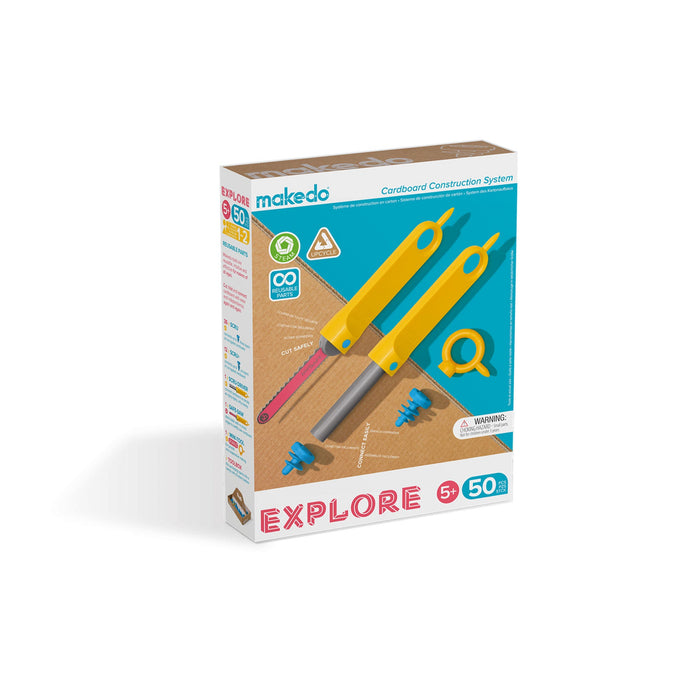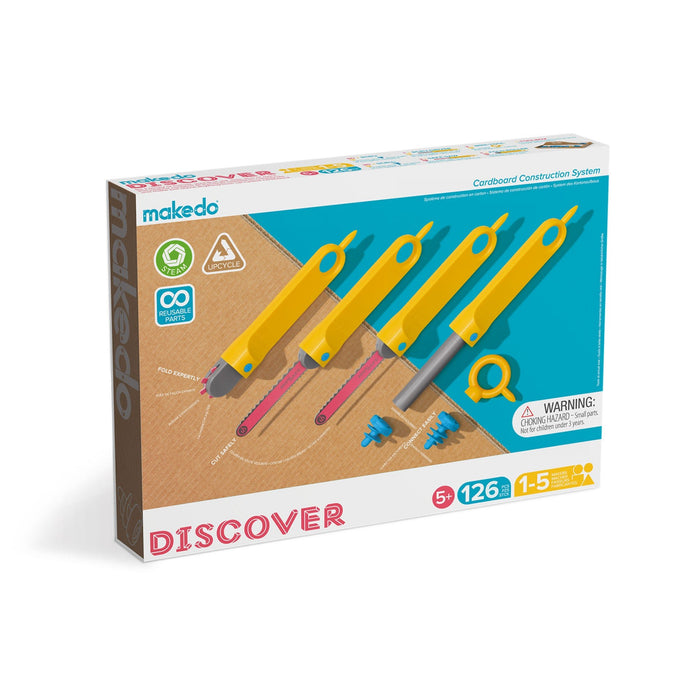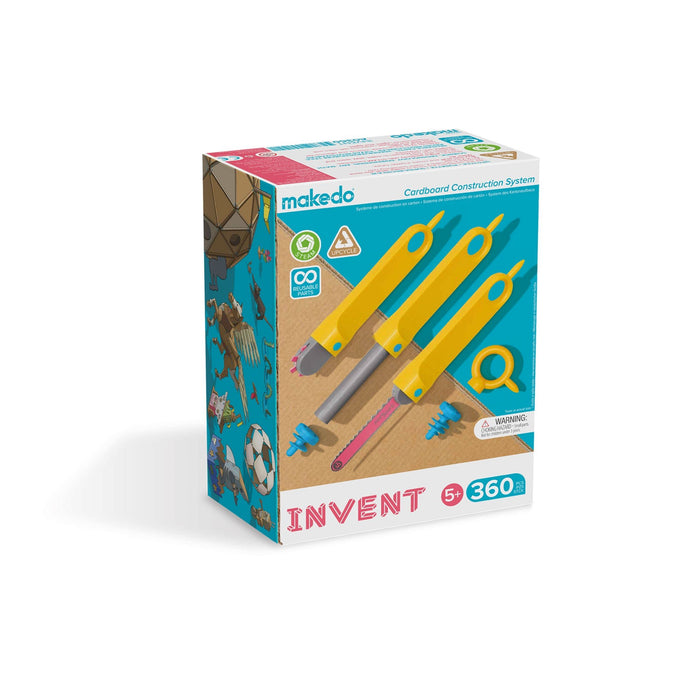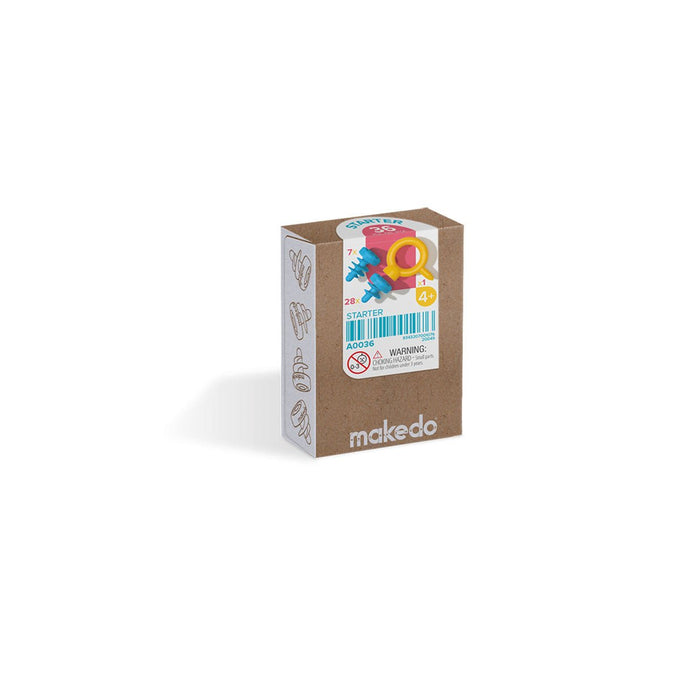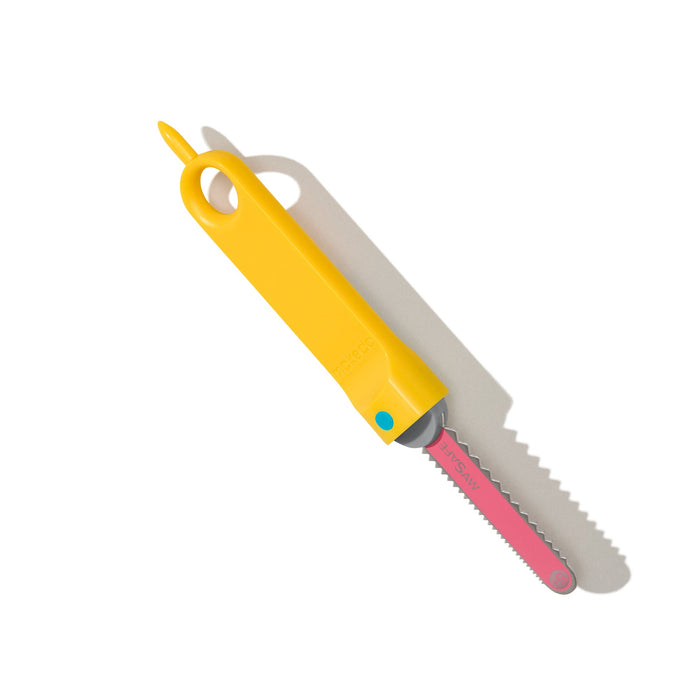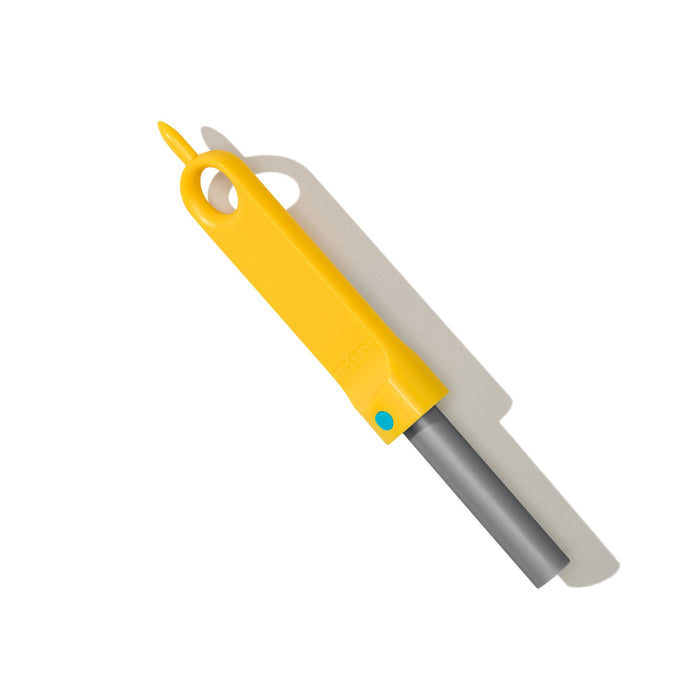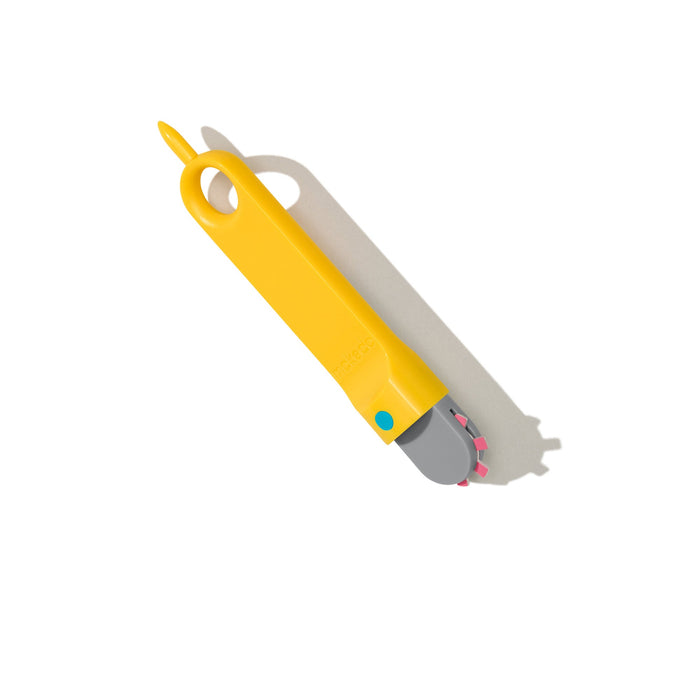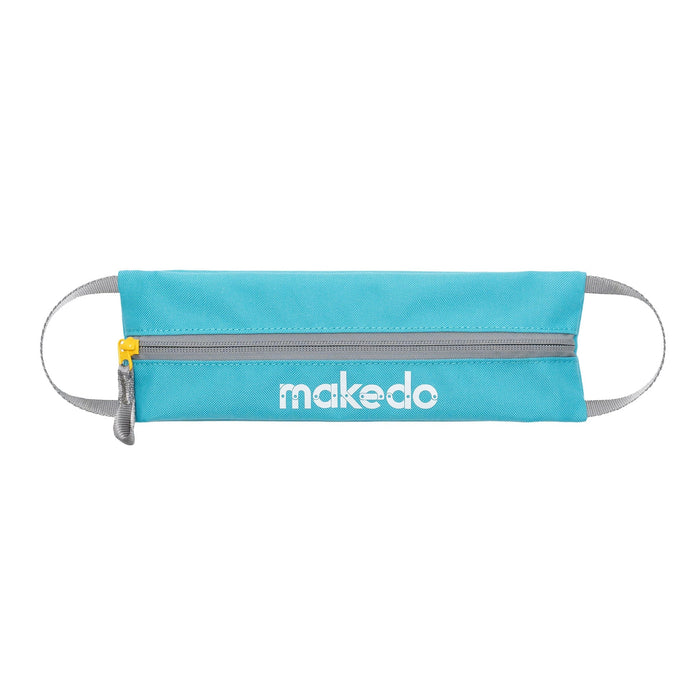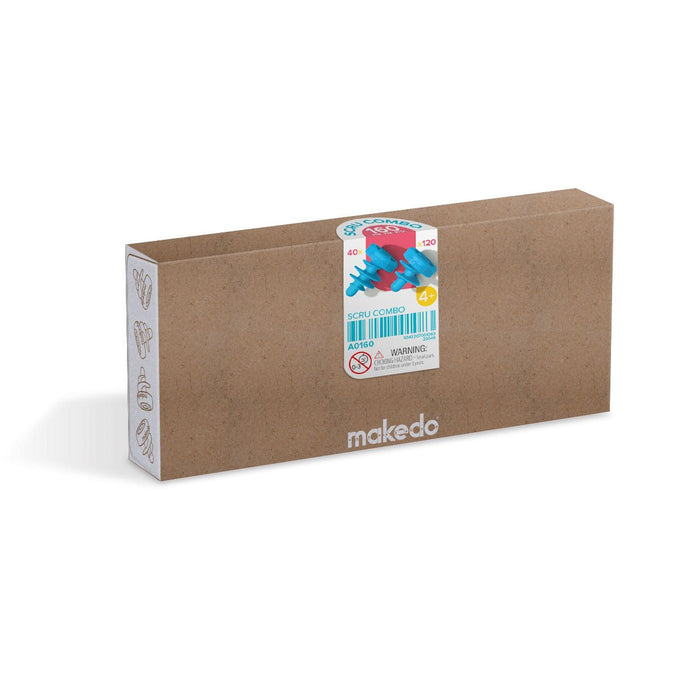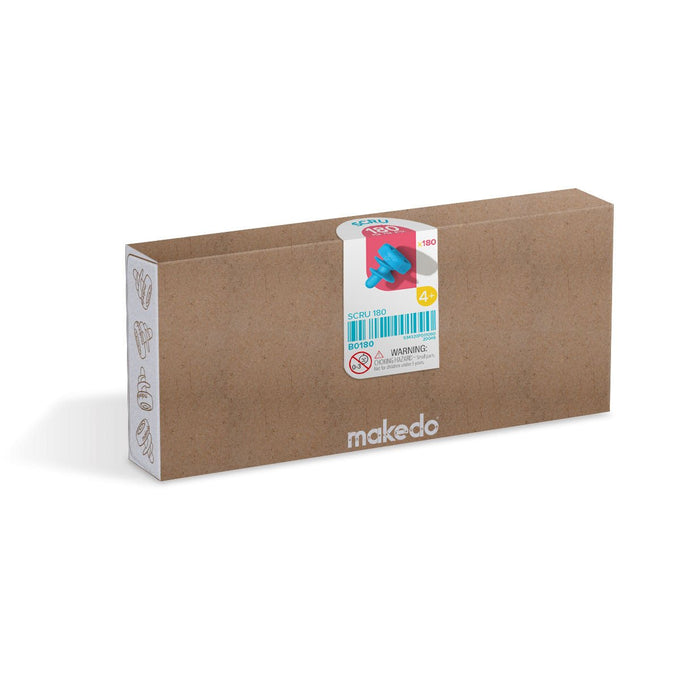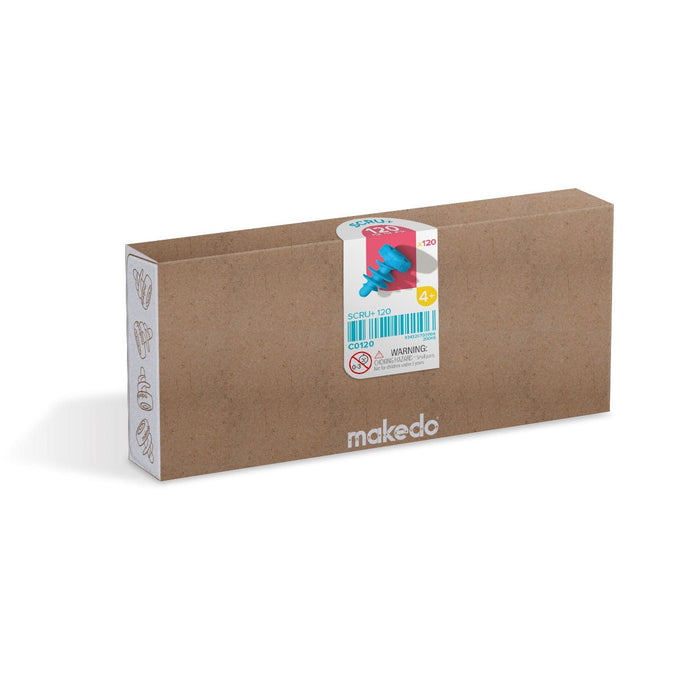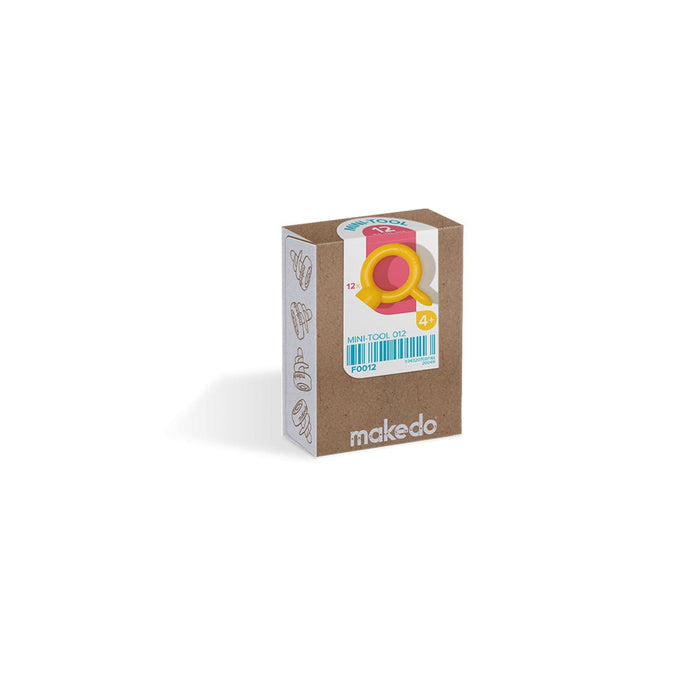Makedo How To Make: Geodesic Dome
Of all the structures and habitats that people make using Makedo, it is probably the Geodesic Dome that gets people talking the most.
In an email we received from Robert in Canada, he asked us how a Makedo Geodesic Dome he had seen was constructed.
'…how did they manage to get the triangles to stay together? What would be a big help, is a photo of the inside.'
Continue reading to see excerpts from our reply to Robert’s enquiry, as we explain how the Geo dome was built.

image from Makedo Flickr
The trick to attaching panels together is to fold the edges back, and then Scru these flaps to each other on the underside. This means that your measurements for each panel have to include a little extra to accommodate the folded portion.
You will find that this creates a very firm connection… it is a technique we have used for many other creations.
For most joints on the dome, you’ll probably only need two or three Scrus along each edge.

image from Makedo Flickr, construction using early release Makedo parts
Our geodesic dome was made out of aluminium printing plates that were salvaged from a local printer. You will be able to make a similar structure out of cardboard or any sheet material… just be aware that you need quite a few triangles to create a sizable structure!
Here is a great example using the same construction technique, this time with the folded edges facing outwards. By creating crisp folds in the cardboard and facing the folded edges outwards, the forces acting on the structure actually work to strengthen the Makedo connections.
We now recommend that cardboard domes made with Makedo use the same approach... try it out and see what you think!
This dome was built out of laser cut cardboard by the guys at designthatmatters.org.

Design That Matters on Instructables
Many online tools are available to calculate panel sizes for domes of different diameters and construction methods.
Here are a few to get you started:
and of course, the Domebook.
We would recommend making a scale version (roughly a4 size) out of paper first, to confirm your proportions. Some people also use Google Sketchup to help visualise the design before moving on to the proper material and Makedo parts.
You can see some assembly photos in our flickr sets:
- The original construction from State of Design in Melbourne, 2009
- Another rebuild at Melbourne Design Market, using fewer components to connect (interior image shown above).
Building a cardboard dome is a fantastic project, and there is much fun to be had both during and after construction. Don’t be surprised if the kids (and maybe Dad too) are reluctant to come home afterwards… these domes tend to be quite cozy and welcoming.
We look forward to seeing how your own dome/igloo turns out!
